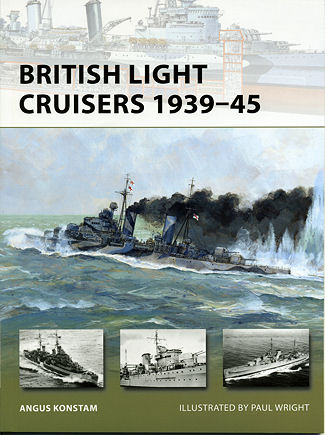 During
WWI, the British probably had the largest fleet of warships in the world. Among
them were a large number of cruisers. Interestingly, there was no distinction
between heavy and light cruisers during this time, something I did not know
until reading this book.
During
WWI, the British probably had the largest fleet of warships in the world. Among
them were a large number of cruisers. Interestingly, there was no distinction
between heavy and light cruisers during this time, something I did not know
until reading this book.
Post war, as is often the case, the UK went into
austerity mode. The war, like all wars, was ruinously expensive for all involved
and one was to handle this was to reduce the size of the military. For the Navy,
this meant scrapping or mothballing ships. But not all nations were willing to
stop building ships, and there was fear of an arms race. So, to help those who
needed it, there were naval conferences held to limit the size and number of
ships for all the major naval powers.
There was no real limitation on the size of small
cruisers whose armament was under 8 inches. This began a rather steady building
program to add what were later known as light cruisers to the fleet. These were
generally armed with 6 inch main armament and were relatively low on the tonnage
scale. Since tonnage was limited, it was found that one could build more of the
smaller cruisers. Several of these were modified to anti-aircraft cruisers,
though many were later converted back.
The British probably had one of the more generous
allowances, based on their wartime tonnage totals than others, so a rather
robust building program for various classes of light cruiser got underway. These
'treaty cruisers' proved very effective during the war to come as their speed
and armament was such that then not only made good additions to the fleet, but
were able to take on larger ships, thanks to the power and rapid rate of fire of
their smaller guns. This was particularly so if they were able to get in fairly
close as shown during the early war Battle of the River Platte where British
light cruisers were able to damage the much larger gunned Graf Spee.
In this book, Angus Konstam takes a look at what led up
to the building program between the wars and what was produced once all
restrictions were removed. Though it is impossible to give much detail on each
of the 65 light cruisers used by the Royal Navy, we are provided with
information on each of the various classes and some information on each ship as
to its use and fate.
This is superbly illustrated with a selection of period
photos of these ships as well as the equally excellent art work or illustrator
Paul Wright, who has ably illustrated several naval books. This includes a
series of full color profiles. It is everything that makes the New Vanguard
series one of my favorite from Osprey and a book I can easily recommend to you.
November 2012
For more on the complete line of Osprey books,
visit www.ospreypublishing.com. In the US, it is
Osprey Direct at 44-02 23rd St, Suite 219, Long Island City, NY 11101., where you can
get a catalogue of available books.
If you would like your product reviewed fairly and quickly, please
contact
me or see other details in the Note to
Contributors.
 During
WWI, the British probably had the largest fleet of warships in the world. Among
them were a large number of cruisers. Interestingly, there was no distinction
between heavy and light cruisers during this time, something I did not know
until reading this book.
During
WWI, the British probably had the largest fleet of warships in the world. Among
them were a large number of cruisers. Interestingly, there was no distinction
between heavy and light cruisers during this time, something I did not know
until reading this book.